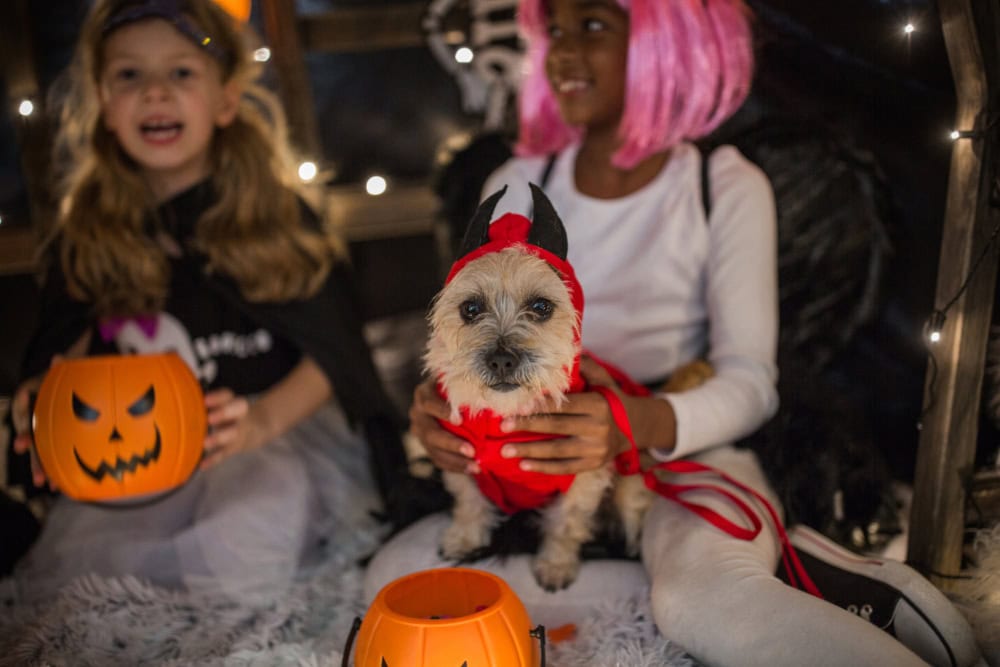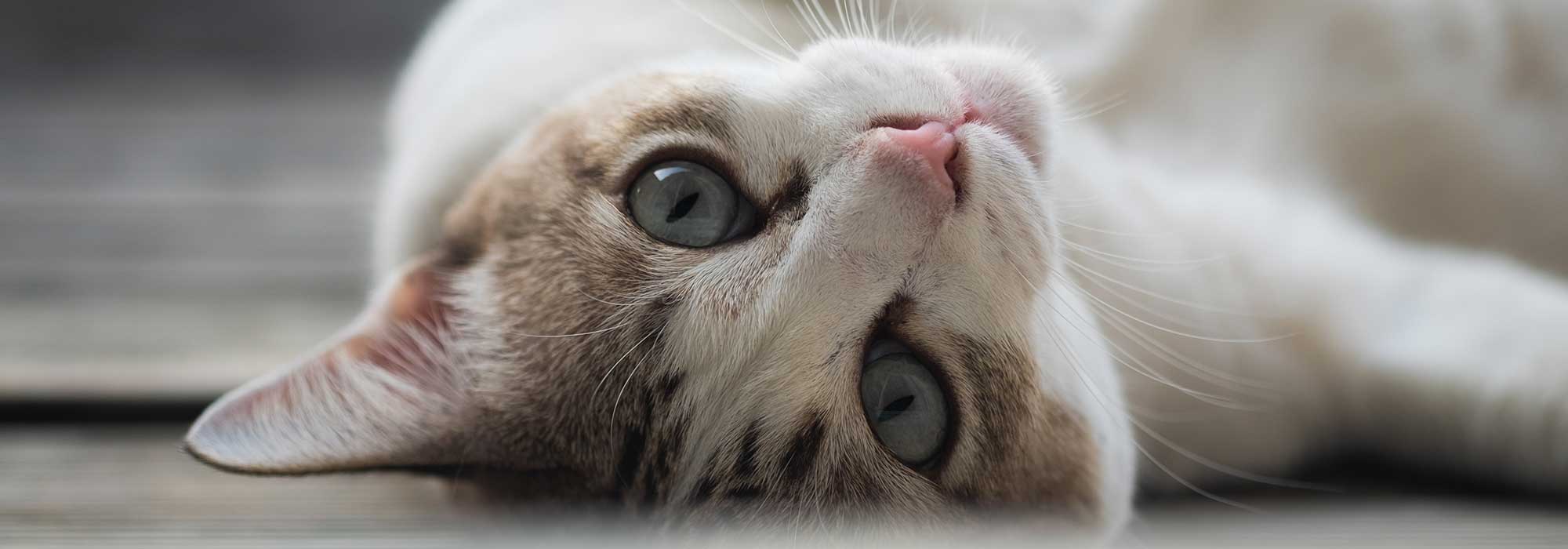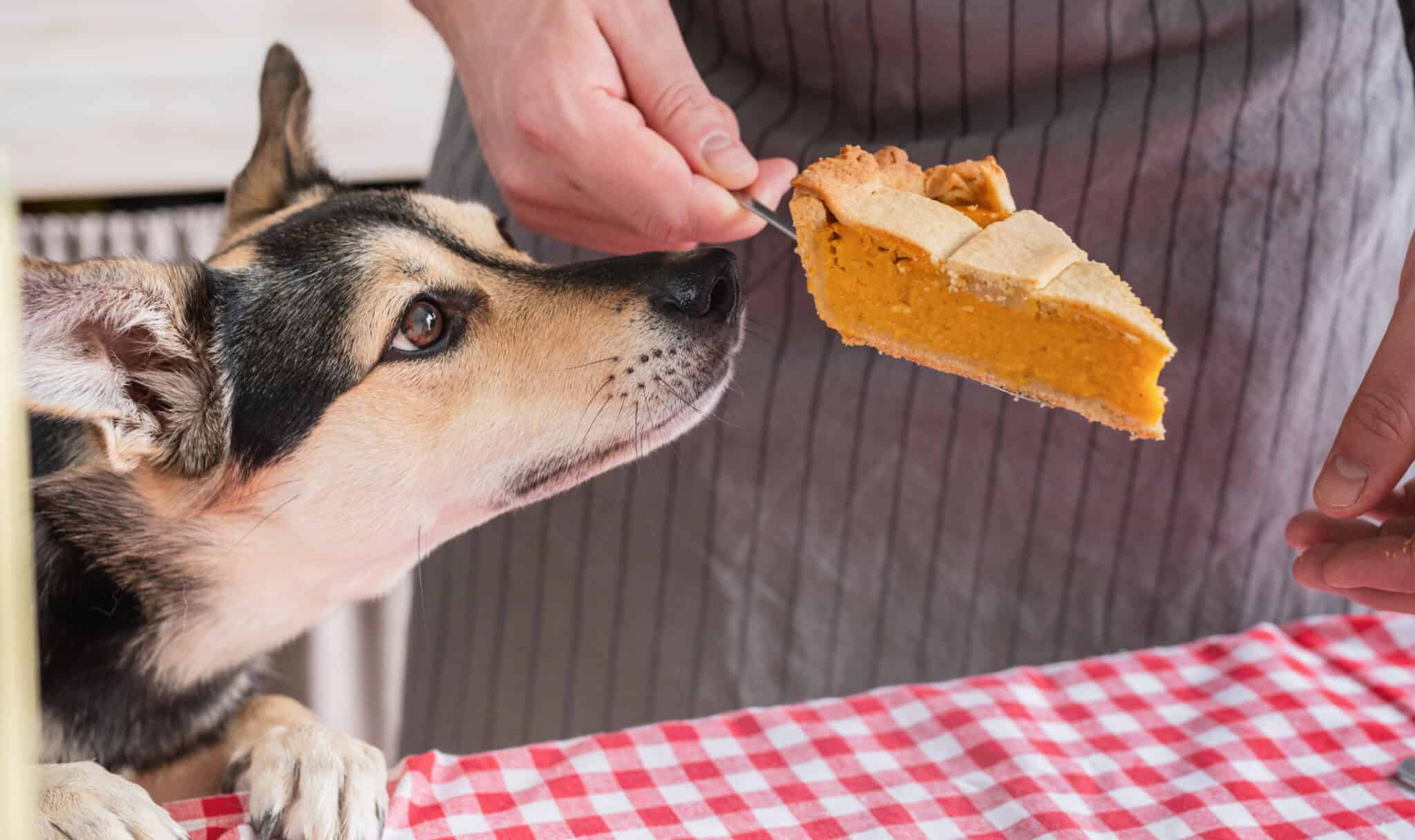Halloween Pet Safety Tips

Halloween is a highlight of the year for many of us, with adventurous costumes, spooky decorations, and of course, tons of candy. But for pets, Halloween can be a confusing and even scary time.
From the constant ringing of the doorbell to people appearing in strange outfits—not to mention the tempting treats all around—it’s easy for furry family members to get overwhelmed.
Whether your pet loves the chaos or hides under the bed, these Halloween safety tips from Lone Tree Veterinary Medical Center will help them stay safe and stress-free.
Candy and Chocolate
Halloween is synonymous with candy, but for pet owners, those bowls of treats pose serious risks. While delicious for us, it’s crucial to understand why all that sugar and chocolate can be dangerous for our cats and dogs.
Sugar-Free Candies
The biggest danger in that Halloween candy bowl is often the sugar-free kind! Many sugar-free candies and gums contain xylitol. Xylitol is an artificial sweetener that is extremely toxic and potentially fatal to dogs and cats, even in small amounts.
Chocolate
All chocolate is toxic to dogs and cats, but dark and baking chocolate pose the biggest threat. If you suspect or know that your dog or cat has ingested any amount of chocolate, you need to act fast and contact your veterinarian as soon as possible.
Preventing a candy catastrophe is surprisingly simple, but it requires everyone in the house to be on board:
- Elevate and Secure: Keep all candy in sealed containers or bowls placed high up and far out of your pet’s reach. A closed pantry or high shelf is much safer than a coffee table or kitchen counter.
- The Treat Bag Rule: Remind children (and guests!) not to leave their trick-or-treat bags sitting on the floor. We all know how quickly a curious cat or dog can find and empty a bag of tempting snacks!
Pet-Friendly Snacks
Have alternatives to Halloween candy such as:
- Raw carrot sticks
- Small slices of apple (be sure to remove all seeds and cores)
- Their favorite store-bought doggy biscuits or kitty treats
Think Twice About Halloween Costumes
We all love cute Halloween costumes, and few things are more adorable than seeing our pets dressed up as hot dogs, cupcakes, or superheroes. But not every pet enjoys dressing up. If your pet seems nervous or uncomfortable in their costume, it’s totally okay to skip the outfit. A festive collar or bandana works just as well as a complicated getup.
If your pet does like wearing a costume, make sure it fits well and doesn’t block their vision, breathing, or movement. Avoid any costumes with small parts your dog or cat could chew off. And never leave your pet unsupervised while they’re in costume. Wardrobe accidents can happen fast.
Double-Check Their ID
With all the commotion of Halloween—open doors, trick-or-treaters, and spooky sounds—it’s easy for pets to slip out the door unnoticed. That’s why pet ID is so important this time of year.
Make sure your pet is wearing a collar with an up-to-date ID tag. If they’re microchipped, check that your contact info is current in the system—and if they aren’t microchipped, now is the ideal time to get that done. If your pawsome pal happens to sneak out, a good ID can help get them back home safe and sound.
Halloween Doesn’t Have To Be Scary
The key to a successful holiday is thoughtful preparation. By following a few Halloween safety tips, you can ensure your pets stay safe, calm, and stress-free.



